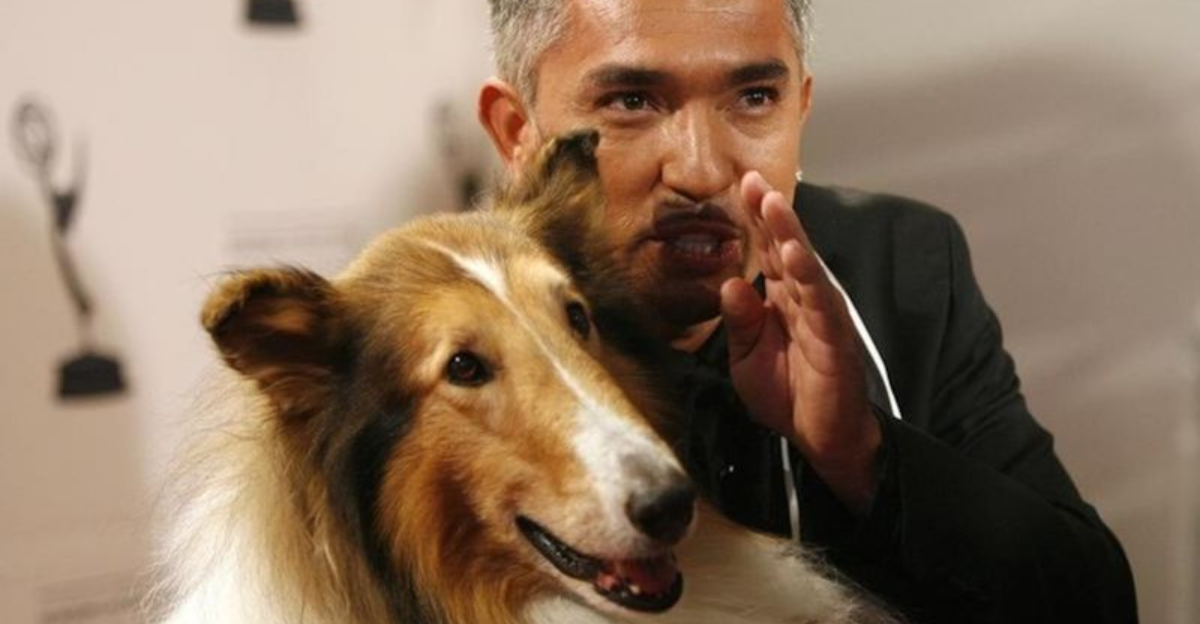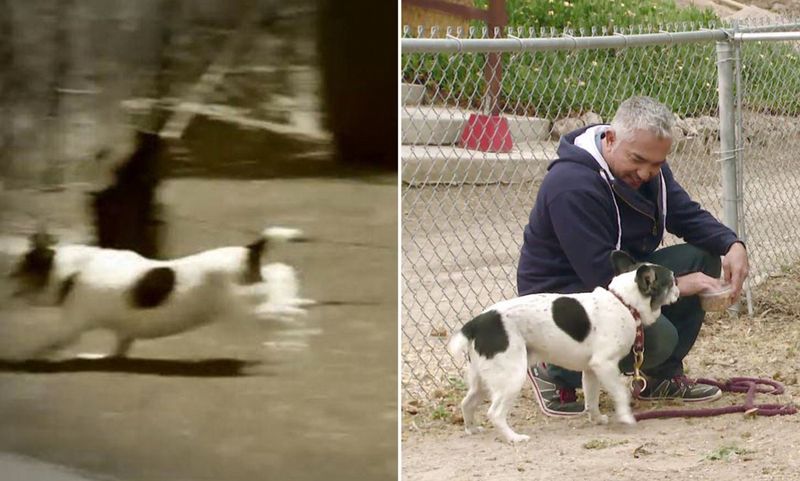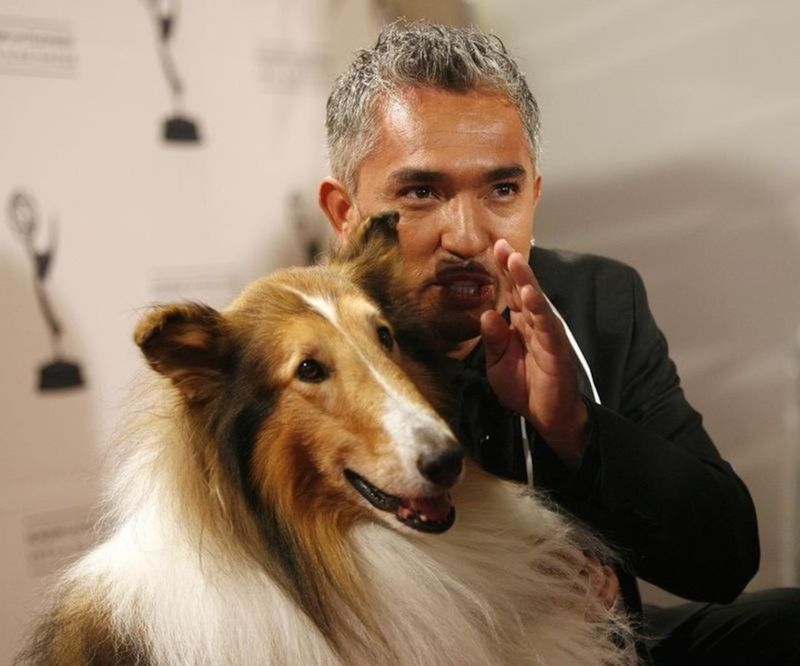Cesar Millan, known as the “Dog Whisperer,” has been a significant figure in dog training for over two decades. While many admire his techniques, others argue that his methods are outdated and harmful. This blog post examines his legacy and the growing criticism surrounding his training methods. Let’s delve into the seven key aspects that highlight the controversy and discuss the future direction for humane dog training.
The Foundation of Cesar Millan’s Approach
Cesar Millan’s journey began with a simple idea: understanding dogs’ needs through the lens of their instincts. His philosophy revolves around the concept of pack leadership, promoting calm assertiveness. This approach resonated with countless dog owners worldwide, seeking structure and guidance.
Millan’s methods emphasize discipline and leadership, aiming to establish a balanced relationship between humans and their canine companions. His TV show brought his techniques into homes, making them accessible to a global audience. However, as dog training evolves, questions arise about the long-term impact of his strategies.
A Shifting Landscape: What Critics Are Saying
As the world of dog training evolves, critics of Cesar Millan have become more vocal. They argue that his techniques focus too heavily on dominance and control, overlooking dogs’ emotional needs.
Animal behaviorists advocate for positive reinforcement as a more humane and effective training method. Millan’s aversive techniques are seen as potentially harmful, leading to increased anxiety and behavioral issues in dogs. This growing criticism reflects a broader shift in understanding canine psychology, emphasizing empathy and understanding over dominance.
Debunking Dominance Theory
Dominance theory, a cornerstone of Millan’s philosophy, suggests that dogs need a leader to follow. However, many experts now challenge this idea, claiming it oversimplifies canine behavior.
Modern studies indicate that dogs thrive in environments that foster positive relationships and mutual respect. Critics argue that focusing on dominance can damage the bond between humans and dogs, creating fear rather than trust. This shift in perspective highlights the need for training methods that prioritize understanding and collaboration.
Use of Aversive Techniques
Cesar Millan is known for using aversive techniques like leash corrections and alpha rolls. These methods have sparked significant debate among trainers and animal welfare advocates.
Critics argue that such techniques can cause physical discomfort and emotional distress, potentially leading to aggression and fear-based behaviors. There’s a growing movement advocating for positive reinforcement, highlighting the benefits of rewarding good behavior rather than punishing bad. As awareness grows, the call for more humane training practices strengthens.
High-Profile Incidents and Backlash
Cesar Millan has faced backlash from high-profile incidents, including accusations of animal cruelty. These events have fueled public debate about his methods, with critics urging greater scrutiny.
The backlash reflects a growing concern among dog lovers and professionals about the ethics of televised training methods. High-profile cases amplify these concerns, sparking discussions about the responsibilities of trainers and media figures in promoting humane practices.
The Cultural Divide: Fans vs. Professionals
The divide between Cesar Millan’s fans and professional trainers highlights the cultural clash in dog training philosophies. Many fans appreciate his assertive methods, claiming they bring quick results.
However, professionals emphasize long-term well-being, advocating for positive reinforcement techniques. This cultural divide reflects broader societal shifts towards compassionate and scientifically-backed training methods. As the debate continues, it underscores the need for informed choices in dog training.
Moving Forward: What’s Best for Dogs?
Looking towards the future, the focus shifts to finding balanced and humane training methods. Experts and dog lovers alike call for an emphasis on positive reinforcement, promoting trust and cooperation between humans and dogs.
As awareness grows, there’s a push for training practices that respect dogs’ emotional and physical needs. The conversation around Cesar Millan’s legacy serves as a catalyst for change, encouraging a reevaluation of what truly benefits our canine companions.







